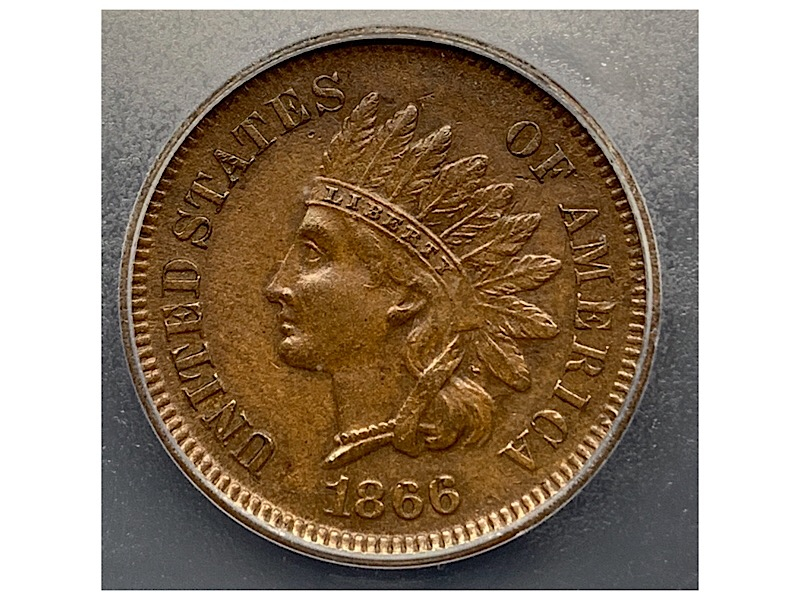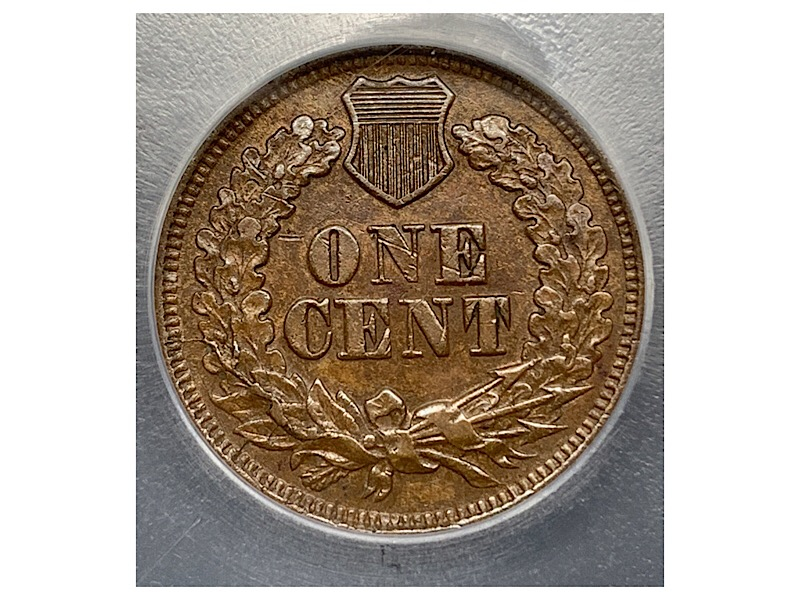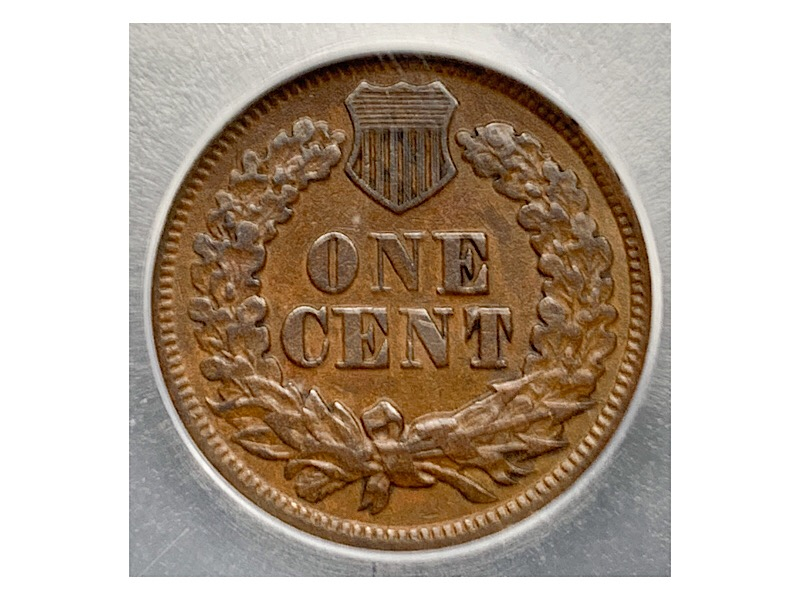GTG: ICG style,1864 and 1866 Indian Head Cent. Grades revealed
 skier07
Posts: 4,503 ✭✭✭✭✭
skier07
Posts: 4,503 ✭✭✭✭✭
I submitted both of these coins to ICG to save a few dollars with grading fees.
The first coin is an 1866 and the second coin is an 1864 with L on Ribbon.




0
Comments
1866 is .............63
1864 is..............53
I guess 61 and 55
Paper money eventually returns to its intrinsic value. Zero. Voltaire. Ebay coinbowlllc
58 and 55.
Or 55 and 53.
I don't like the staple scratch on the reverse though.
58 and 45
63
58
AU55, AU53
63 and 40
Nobody is close. Hint: ICG was not generous.
I would guess 55 and 50.....the obverse on the '65 is weird... Cheers, RickO
45
40
Steve
I'll take a guess. I hope I don't embarrass myself.
Both are "technically" AU's. I'll give the first one (1866) AU-58 details. As a dealer, I should price it as an
MS-63. I think most other TPGS's would straight grade this as an UNC.
The second is not even close to MS. I should straight grade it as an AU-53 or 55 at the max. As a dealer I'd price it as an MS-62 as many folks cannot see friction wear (change of color) on copper. This also has a shot at MS from another TPGS, probably MS-62.
The 1866 has a nice obverse paired with a suspicious-imo-reverse. the 1864-L obverse is suspicious, with a nice reverse. My opinion is Genuine /questionable color.
The 1866 with the reverse scratch probably deserves a Details grade. The 1864 looks undergraded to me but the color is suspicious so perhaps it was net graded.
My guess is they graded the 64 based on the lack of diamonds in the headdress, unless they simply aren't visible in your image.
They are very tough on cents like this, I have bought a number of them as nice coins that came back with two negatives on the holder. Skip once told me about his personal experience with cents especially Indians.
The diamonds are not really a grading point because they frequently are weakly struck. The coin might be net graded down from EF-40. There are marks on the face, and the lighter patches on the obverse could an imperfect mixing of the tin in the bronze alloy, or it could be from an old cleaning.
It's a shme about the 1866 Indian Cent which is tough date when it is this sharp. I was concerned about the scratches on the "ONE" on the reverse, and I guess that ruined the grade for the coin.
I checked the cert #'s and the 64-L is a "mechanical error." LOL.
NOT
Actually this is a horrible mistake and I'm responsible! I graded it XF-45 but punched in "15" rather than "45." It was upgraded to VF (IMO, still too low) and I missed our error during QC.
Makes sense (though based on Insider2's post, not the case). I do seem to remember ANA standards (or the Red Book- I don't remember) basing VF-AU on the amount of the diamonds remaining.
The "diamonds" were one of the old criteria. They are still useful; however grading has evolved and things such as "Liberty" and "diamonds" on these coins is not reliable. Trying to make any sense about grading using an XF/AU coin mistakenly graded VF is not very useful.
@BillJones said: "The diamonds are not really a grading point because they frequently are weakly struck."
The $10 or so differential was not the way to go especially here; most cent collectors are very fussy, in PCGS straight holders you are way ahead of the game.
That is true, but in this case, PCGS would not have graded the 1866 cent because of the scratches, and the 1864-L might have been a marginal call.